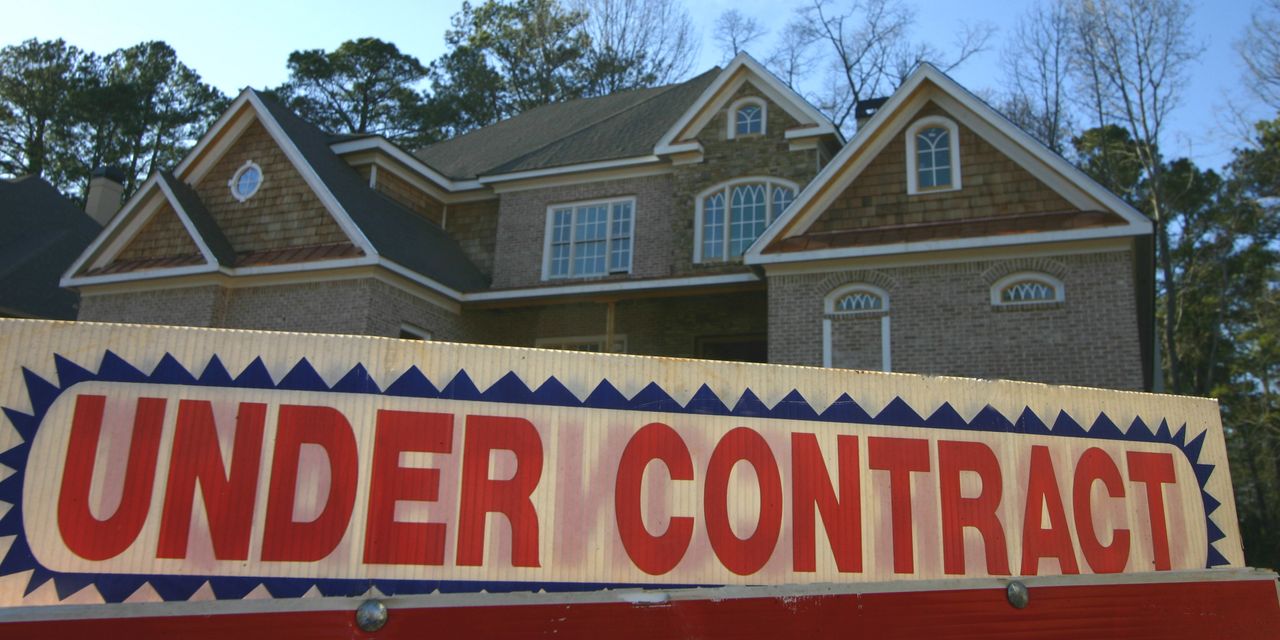The numbers: U.S. pending-home sales fell 10.2% in September, which is the fourth straight monthly drop, according to the monthly index released Friday by the National Association of Realtors (NAR).
The decline was much larger that forecast. Analysts polled by the Wall Street Journal had forecast the pending home sales index to drop by 4%.
Outside of the pandemic, the drop in pending home sales is the largest year-over-year decline since 2001.
Contract signings fell by double-digits in all regions across the country.
Pending home sales reflect transactions where the contract has been signed for an existing-home sale, but the sale has not yet closed.
Economists view it as an indicator for the direction of existing-home sales in subsequent months.
The fall in pending sales is preceded by a drop in mortgage application activity, which fell in the latest week.
Key details: Compared with a year earlier, transactions were down by 31%.
Pending sales fell all four major U.S. regions, led by the Northeast, which saw a 16.2% drop from last month, followed by the West, with a 11.7% drop, the Midwest, with a 8.8% drop, and the South, where sales fell 8.1%
This is the tenth time pending home sales have fallen in the last eleven months.
Big picture: The housing market has stalled.
With rates above 7%, buyers aren’t biting, and sellers are having a hard time attracting bids.
Sales have dropped so much that it’s dragged down economic activity in the second quarter.
Sellers also not keen to give up their rock-bottom interest rates, the NAR noted, which means new supply isn’t hitting the market, which then keeps prices up.
According to June data from the Federal Housing Finance Agency, nearly a quarter of homeowners have mortgage rates of less than or equal to 3%. And the vast majority of owners — 93% — have rates less than 6%.
What the realtors said: “Persistent inflation has proven quite harmful to the housing market,” said Lawrence Yun, chief economist at NAR.
With the Federal Reserve hiking interest rates to address inflation, the housing market finds itself with “far fewer buyers and even fewer sellers,” he added.
Though mortgage rates are high, “the new normal for mortgage rates could be around 7% for a while,” Yun stated.
With rates doubling from a year ago, on a $300,000 mortgage, mortgage borrowers are paying an additional $700 a month or more today, Yun said.
“Only when inflation is tamed will mortgage rates retreat and boost home purchasing power for buyers,” he added.
Market reaction: Stocks
DJIA,
SPX,
were up in early trading on Friday. The yield on the 10-year Treasury note
TMUBMUSD10Y,
rose to almost 4%.
